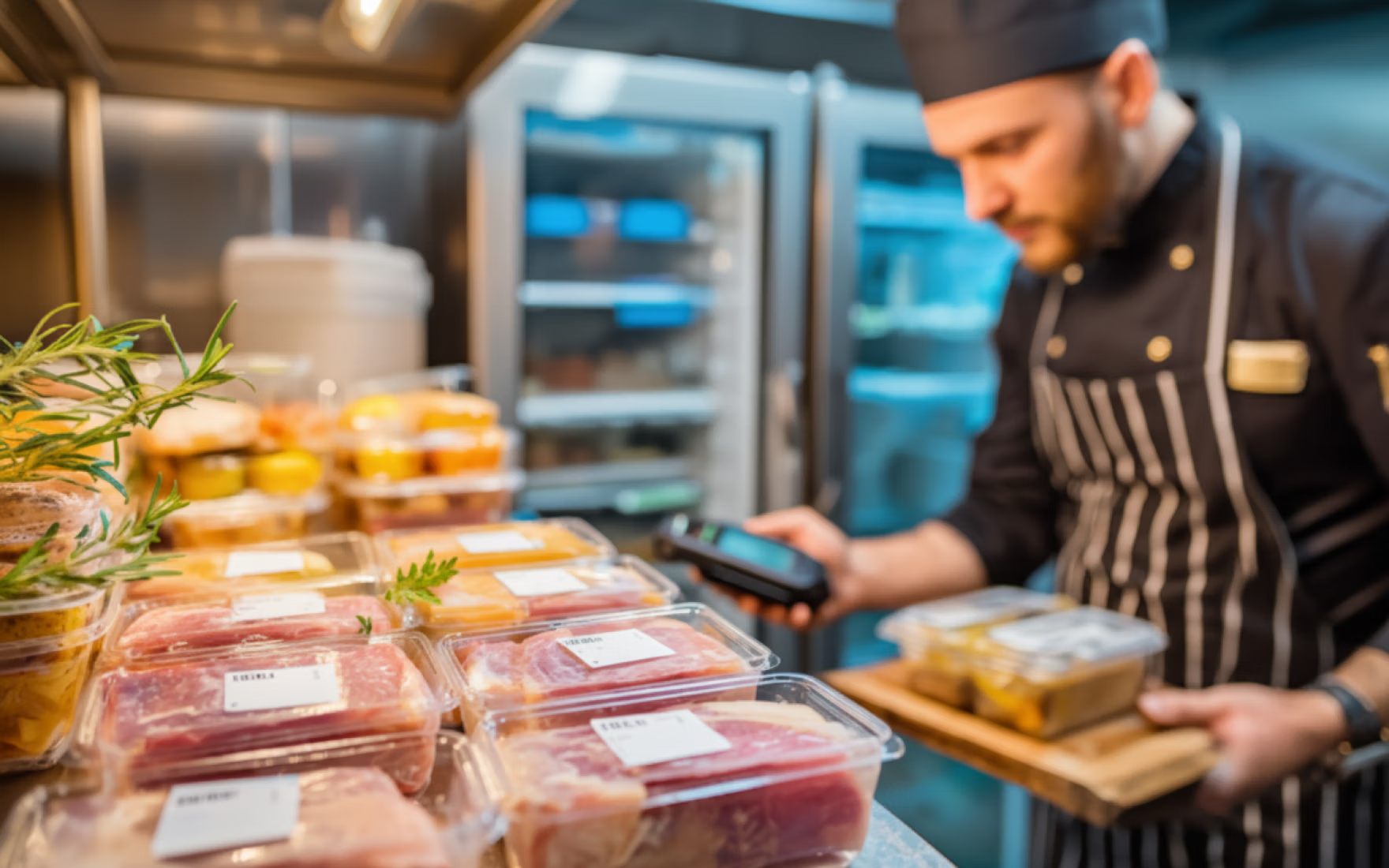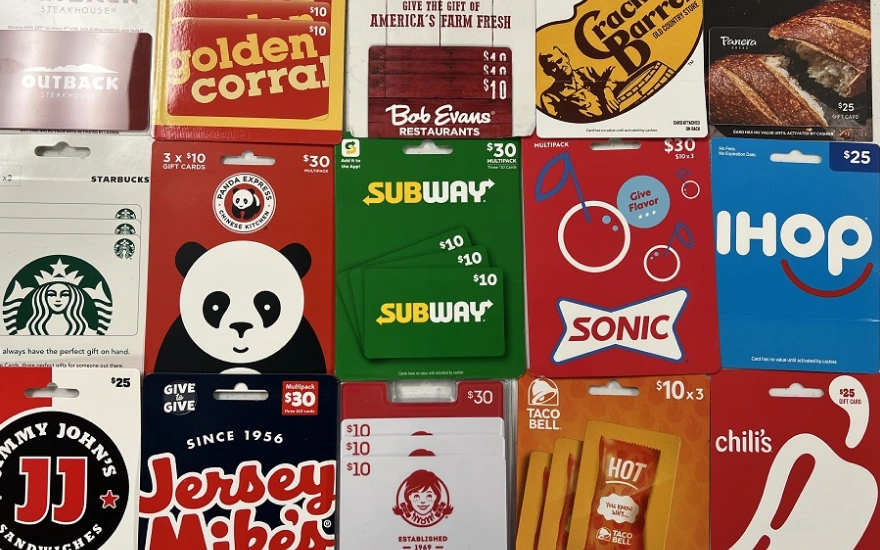Why Some Restaurants Thrive While Others Struggle in 2025

The restaurant world in 2025 is more competitive than ever — for every packed dining room, there’s a restaurant struggling to stay open. Why do some eateries become local legends while others disappear overnight? It’s no longer just about good food. Thriving restaurants are mastering digital ordering, adapting to shifting consumer habits, leveraging data, and delivering memorable online and offline experiences.
In this article, we’ll explore the real reasons behind restaurant success in 2025 and how today’s restaurants can future-proof their business.
Organizational Software
CMDB Software has become an unsung hero in the restaurant industry, especially for multi-location chains. CMDB stands for Configuration Management Database, and it is a centralized repository that stores information about all the assets, systems, and services a business relies on. In the case of restaurants, this includes everything from POS systems, kitchen hardware, and digital menus to software licenses and delivery platforms.
If something goes wrong, a CMDB allows the IT teams to instantly see how that system connects to others. This speeds up diagnostics and allows targeted responses, reducing service disruption and loss of sales.
By combining CMDB data with business analytics, operators can make smarter decisions, such as replacing hardware before it fails, identifying high-maintenance locations, and optimizing tech spending across franchises.
Video and AI Marketing
Restaurants are taking advantage of digital tools and seeing a clear edge, especially those using AI video generators to supercharge their marketing. An AI video generator allows restaurants to produce high-quality promotional content in a few minutes, without requiring a full production team or expensive editing software, opening up the doors to content creation to anyone willing to give their creative ideas a try.
Video content is now dominating the online world and engaging users like never before. In fact, 95% of marketers claim that video marketing is an important part of their marketing strategy.
Restaurants that consistently publish videos on platforms like TikTok, YouTube, Instagram, etc, will build stronger brand awareness and customer loyalty in the long term compared to competitors who only focus on static images or outdated posts.

Delivery and Fleet Tracking Tools
Delivery is an essential part of a restaurant’s business model in the 2020s, but not all restaurants are built to manage it efficiently. The ones that thrive are using technology to streamline logistics, reduce delays, and improve the customer experience. One standout feature restaurants can take advantage of is fleet tracking tools.
These tools allow restaurants and food businesses to manage their delivery vehicles with real-time GPS tracking, driver performance monitoring, and maintenance scheduling. Whether it’s a fleet of branded delivery vans or third-party courier partnerships, having a clear idea of where every vehicle is and how it’s performing is critical to meeting growing customer demands and expectations.
For high-volume chains, this means fewer missed deliveries and more predictable services. For smaller and mid-sized restaurants, it levels the playing field, giving them enterprise-grade logistics control without the overhead.
Hyper-Personalized Customer Experience
One of the biggest differentiators between restaurants that thrive and those that fall behind is the ability to deliver a hyper-personalized customer experience. Today’s diners will expect more than just good food, they want experiences tailored to their tastes, habits, and preferences.
Leading restaurants are leveraging data from loyalty programs, online orders, mobile apps, and even in-store interactions to create a unified customer profile. With the right systems in place, these businesses can offer dynamic recommendations, birthday specials, personalized menu suggestions, and targeted promotions that feel like they were crafted just for the individual.
Recent statistics show that 71% of customers expect a hyper-personalized customer experience. This drives more satisfaction, fuels revenue growth, and leads to higher customer retention and average order values.

Brand Identity and Authenticity
Something money can’t buy is a strong brand identity and authenticity that resonates with customers on a deep level. It’s not just about colors, logos, or catchy names, but about delivering a consistent and good experience that reflects what the brand stands for.
Today’s diners, especially younger demographics, want realness. They want to know where their food comes from, who’s behind it, and what values the brand represents. Restaurants that clearly communicate their mission, whether it’s sustainability, community support, cultural celebration, or anything else, build emotional connections that drive long-term loyalty.
Successful brands don’t try to be everything to everyone. Instead, they double down on their unique identity and remain consistent across every touchpoint: Social media, menus, interior design, staff training, and even packaging.
On the other hand, restaurants that lack a clear identity will struggle much more to stand out. Inconsistent messaging, overused trends, or a lack of story can leave potential customers indifferent, especially in a market where experience matters as much as taste does.
Social Media Presence
Statistics claim that 5.24 billion people worldwide are using social media. This means that a strong social media presence is no longer optional for restaurants; it’s a core part of staying relevant, discoverable, and competitive. With platforms like Instagram, TikTok, and Facebook acting as digital word-of-mouth engines, thriving restaurants know how to turn engaging content into full tables and loyal customers.
Regardless of which type of video it is, restaurants that consistently post high-quality, authentic content are building active communities around their brand. Overall, a great social media presence goes beyond aesthetics and humanizes the business. Customers want to connect with stories, not just menus.
Successful restaurants showcase their values, culture, and personality online, making people feel like part of something. This not only drives first-time visits but also increases retention through emotional loyalty.
What’s more, social media is a real-time feedback loop. Restaurants can test new menu ideas, respond to customer comments, and adapt quickly to trends. This agility keeps them ahead of competitors who view social media as an afterthought or treat it only as a promotional billboard.

Adaptable Business Models
In 2025, the most successful restaurants aren’t just good at what they do but are good at changing how they do it. From pop-up kitchens to hybrid dine-in/delivery formats, restaurants with adaptable business models are thriving by responding quickly to market shifts, customer preferences, and emerging tech.
Flexibility has become a competitive advantage, and during uncertain economic cycles, labor shortages, or supply chain disruptions, rigid operations tend to break down. On the other hand, restaurants with adaptable models can pivot between in-house dining, delivery-only service, online ordering, meal kits, and even event catering, which are more resilient and better positioned to grow.
Adaptable business models also support faster innovation. With modular tech stacks, agile staffing plans, and digital ordering systems, these restaurants can test new concepts without taking major financial risks.
Meanwhile, restaurants locked into outdated systems and rigid formats are struggling to keep pace. The truth is that what worked a few years ago won’t be the same in 2025 and beyond.
Operational Efficiency
Successful restaurants have more than great food and clever marketing, and that is operational efficiency. What truly sets them apart from the rest is operational efficiency, which allows them to maximize their output, reduce waste, and consistently deliver excellent services.
Operational efficiency is about doing more with less. It means optimizing workflows, streamlining staff responsibilities, using real-time data to make decisions, and eliminating bottlenecks that hurt speed and customer experiences. Restaurants that have embraced automation, such as AI-powered inventory tracking, integrating POS systems, and more, save time, cut costs, and improve accuracy across the board.
For instance, a restaurant using predictive analytics to plan staffing levels based on foot traffic patterns avoids both overstaffing and under-serving. Digital inventory systems prevent stockouts and food waste, which directly improve margins.
On the other side, restaurants struggling with outdated systems, manual processing, or poor communication will often find themselves wasting resources and burning out staff.
Thriving in 2025 Requires More Than Good Food
As the restaurant industry continues to evolve, success is no longer determined solely by what’s on the plate. The businesses that are thriving have embraced technology, streamlined operations, and built genuine connections with their customers.
However, those who continue to rely on outdated systems, vague branding, or inflexible business models are going to find it much harder to stay ahead in a fast-moving market. Consistency, innovation, and authenticity are the new cornerstones of restaurant success.
In short, the restaurants that are winning in 2025 are the ones that never stop learning, evolving, and putting the customer at the heart of everything they do.



